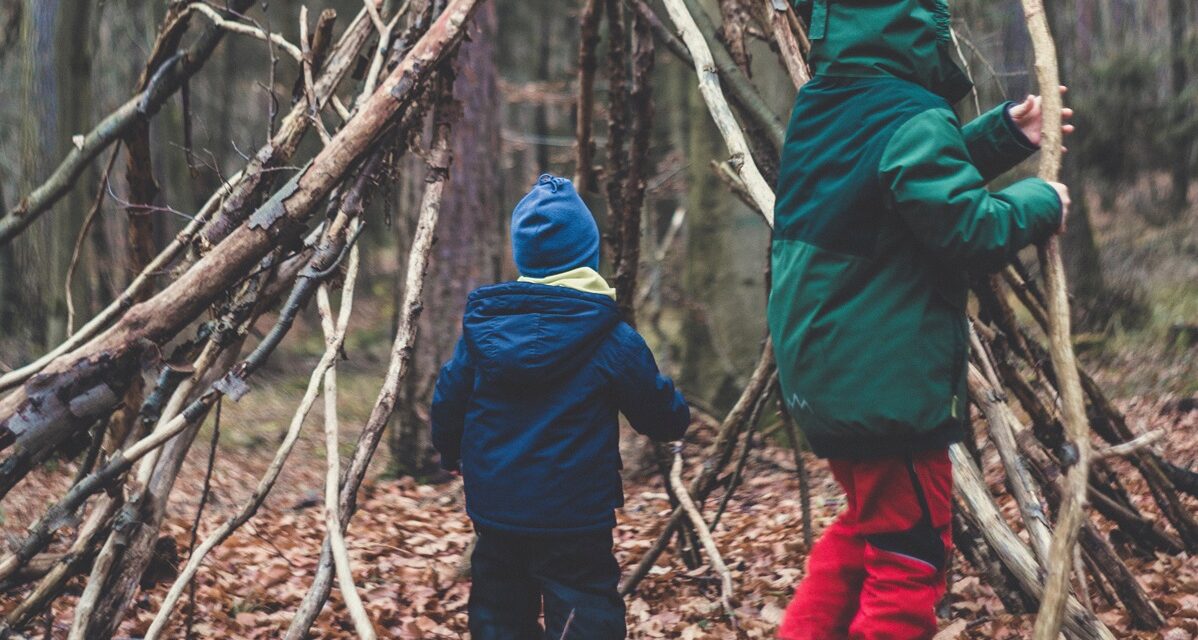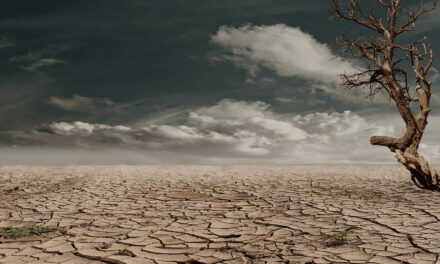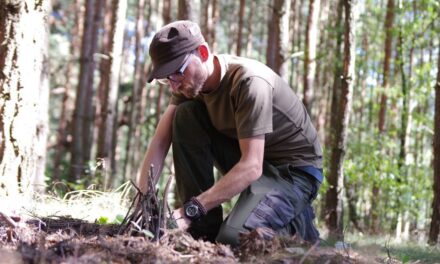The Importance of Teaching Survival Skills to Kids
In a world that’s increasingly unpredictable, the need to equip our children with the tools and knowledge for self-reliance has never been more crucial. Teaching survival skills for kids is not just about preparing them for unlikely scenarios; it’s about instilling confidence, resilience, and problem-solving abilities that will serve them well in all walks of life. This article delves into the significance of survival skills in the development of young individuals, shaping them into capable and adaptable adults.
Survival skills, often considered the domain of adventurers and outdoor enthusiasts, are valuable life lessons that can benefit children in numerous ways. These skills teach them to be aware of their environment, make informed decisions, and take care of themselves and others. In today’s fast-paced world, where children are often sheltered from challenges, learning survival skills can provide a fresh perspective on life and its uncertainties.
But what do we mean by ‘surival skills for kids’? It’s a broad term that encompasses a range of abilities – from basic first aid and understanding nature’s signals to more advanced skills like building a shelter or finding food in the wild. These skills do more than just prepare children for outdoor adventures; they foster independence, encourage critical thinking, and build emotional resilience.
Introducing survival skills to kids should be done in an age-appropriate, safe, and engaging manner. The goal is not to instill fear but to empower them with knowledge and practical skills. Through this approach, children can develop a sense of respect and appreciation for nature, learn the value of resourcefulness, and gain a level of self-assurance that extends beyond survival situations.
This guide aims to provide parents, educators, and guardians with insights into essential survival skills for kids. We will explore how these skills can be seamlessly integrated into children’s lives, ensuring that the learning process is both enjoyable and educational. Whether your child is a budding outdoor enthusiast or simply curious about the world, these survival skills will provide a solid foundation for their growth and development.
As we delve deeper into the specifics of survival skills for kids, remember that the ultimate goal is to equip the younger generation with a mindset that embraces challenges, adapts to changes, and thrives in various circumstances. So, let’s embark on this journey of discovery and empowerment, where every child learns to navigate the world with confidence and resilience.
Foundational Skills for Young Survivors
Introducing survival skills to children should start with basic, foundational concepts. These skills are not only practical but also fun to learn and can be taught through engaging activities. Here are some essential survival skills every child should know:
1. Understanding and Respecting Nature
Before delving into specific skills, it’s crucial for kids to learn about the environment they may encounter. This includes understanding weather patterns, identifying safe and unsafe plants and animals, and respecting nature’s boundaries. Activities like nature walks, animal tracking, and plant identification can make this learning process exciting and interactive.
2. Basic First Aid
Teaching kids basic first aid skills is a vital survival skill. It includes understanding how to treat minor cuts, burns, and bruises, as well as what to do in more severe situations like allergic reactions or broken bones. Interactive first aid workshops and role-playing scenarios can be effective ways to teach these skills.
3. Building a Simple Shelter
Knowing how to build a shelter can be a lifesaver in survival situations. Teach children how to construct a basic shelter using natural materials or a simple tarp. This skill not only helps in survival situations but also develops problem-solving skills and creativity.
4. Finding and Purifying Water
Water is crucial for survival, and kids should learn how to locate and purify water. Demonstrations on using purification tablets, boiling water, or even making a simple water filter can be both educational and practical.
5. Basic Navigation Skills
In an age where GPS technology is ubiquitous, basic navigation skills using a map and compass are often overlooked. Teaching children how to read maps, use a compass, and understand basic directional skills is essential. Orienteering sports or treasure hunt games can make this skill fun to learn.
Advanced Skills for Older Children
As children grow older and more comfortable with basic skills, they can be introduced to more advanced survival techniques. These include:
1. Fire Building
Learning to start and maintain a fire safely is a critical survival skill. Older kids can be taught how to gather proper materials, create a fire pit, and use various methods to start a fire. Emphasis should be on safety and responsible fire management.
2. Food Foraging and Preparation
Understanding what can be safely eaten in the wild is an invaluable skill. Teaching children about edible plants, basic fishing, and even simple cooking methods can be incredibly empowering.
3. Advanced First Aid and Emergency Response
As children become teenagers, they can handle more complex first aid training. This includes CPR, wound management, and even emergency response tactics in various scenarios.
Implementing these skills in a child’s learning journey should be a gradual process, ensuring that they are age-appropriate and taught in a safe, controlled environment. The emphasis should always be on safety, respect for nature, and responsible application of these skills.
In the next section, we’ll summarize the key takeaways and provide some final thoughts on the importance of survival skills for kids.
Recap of Essential Survival Skills for Kids
We’ve explored a range of survival skills crucial for children, emphasizing their importance not just in survival situations, but in everyday life. These skills include:
- Respect for Nature: Understanding and valuing the environment.
- Basic First Aid: Learning to handle minor injuries and understanding when to seek help.
- Simple Shelter Building: Using natural or basic materials to create a safe space.
- Water Procurement and Purification: Finding and making water safe to drink.
- Basic Navigation: Reading maps and using a compass.
- Fire Building and Safety: For older children, learning to safely start and manage a fire.
- Food Foraging and Preparation: Identifying edible plants and basic food preparation techniques.
- Advanced First Aid: For teenagers, more complex first aid and emergency response skills.
Final Thoughts: Building Confidence and Preparedness
Teaching survival skills to kids is about more than preparing them for emergencies; it’s about instilling a sense of confidence, independence, and responsibility. These skills encourage children to think critically, make decisions, and take care of themselves and others. Moreover, they foster a deeper connection with the natural world, promoting respect and appreciation for the environment.
As parents, educators, or guardians, our role is to guide and support children in this learning journey. By introducing these skills in a fun, engaging, and age-appropriate manner, we can ensure that children not only learn valuable lessons but also enjoy the process. The goal is to empower the next generation with the knowledge and skills to face any challenge with confidence and resilience.
In conclusion, the survival skills we impart to our children can have a lasting impact on their development and outlook on life. These skills are tools that will help them navigate the complexities of the world, equipping them with the ability to adapt, overcome, and thrive in any situation. Let’s commit to empowering our children with these essential life skills, nurturing a generation of informed, capable, and resilient individuals.






